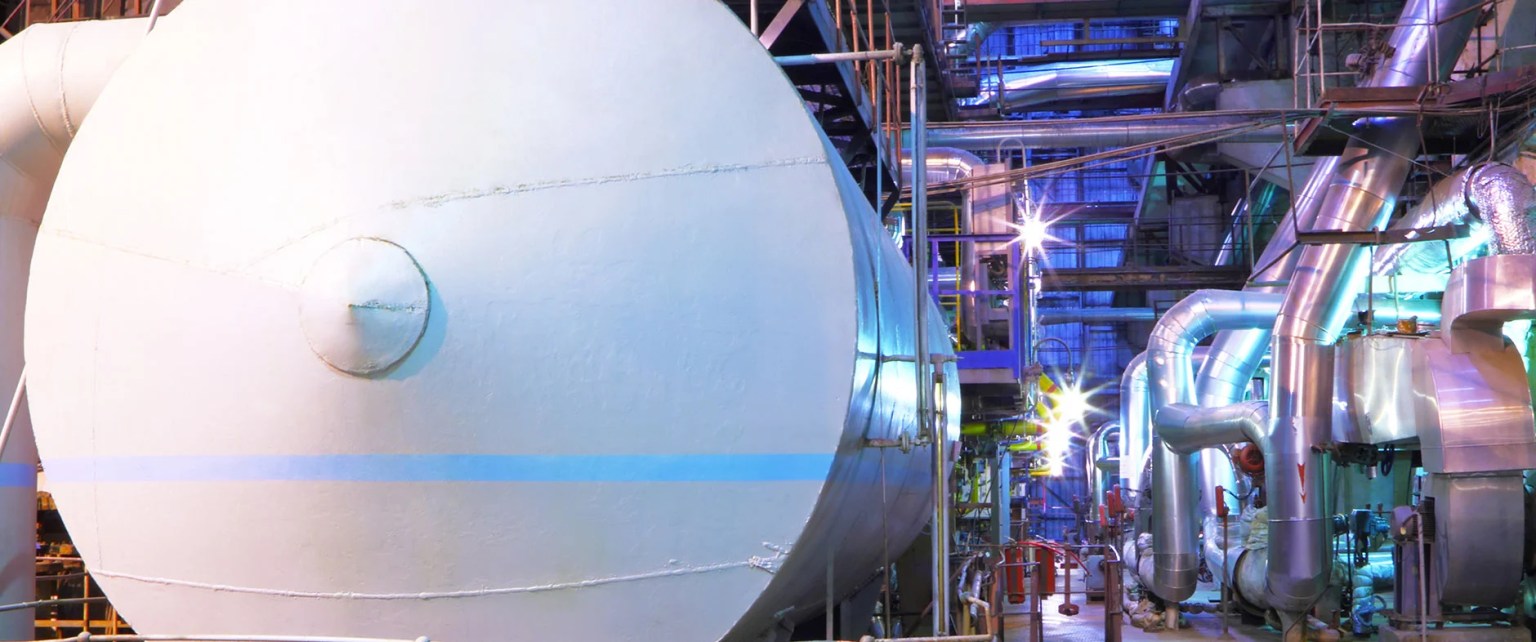During the past decade, the Internet of Things has been steadily advancing and becoming a part of our lives. We get texts from our cars when the tire pressure is low or suggesting we should stop and buy another gallon of windshield washer fluid. We can turn on the oven or close the garage door at home from our office. These opportunities are supported by small amounts of data and provide simple solutions.
In the industrial space, the information collected and the decisions made are much more complex. The nature and cost of the systems are much larger and much more expensive as well. Finding our misplaced car in a large parking lot is very helpful, but improving the quality of a manufacturing plant, reducing waste, or improving logistics and time to market has a great deal more value.

Industry 4.0 and the concepts it represents, including IIoT, the Industrial Internet of Things, was first introduced and defined at the Hanover Fair in 2013. When first introduced, the concepts visualized were futuristic and expensive. Over the past decade they have matured, and the price has dropped dramatically. Manufacturers interested in implementation still need to consider the costs and the return on their investment. Just what can be gained, for example, from an implementation of process analytics in a manufacturing plant?
At Optimation we implement a process analytics tool called Process Monitor. Process Monitor is a powerful shop floor tool used by Optimation to identify and quantify process variability. This tool allows for order-based viewing and analysis to complement the more typical date/time schema. It focuses users on run to run consistency for any combination of products or equipment.
The Process Monitor toolset provides powerful calculating functions, statistical process control charts, user generated analysis scripts and modeling functions to visualize the process and to guide users investigating the root causes of variability, machine breakdowns, and waste. The analysis function allows users to capture key features of the order aligned time series (noise level, patterns, etc.) and convert them to order based control charts.
Advanced users can go even further and use advanced data analytics including multivariate algorithms to view variability across all control charts and to correlate to product quality response variables. Depending on data base size the cost of the software license can start as low as $25,000.00. Most of the installed cost will be in the implementation. But the return on the investment can be huge, typically less than two years.
Manufacturing profitability relies heavily on effectively using equipment and producing quality production on a consistent basis. Even small improvements and gains in performance can lead to gains in productivity and profits. Process analytics, such as those gained from Process Monitor, can reduce waste, improve quality and continuously optimize financial performance. According to one recent industrial study, companies that invested in analytics have 33 percent higher revenue growth, 12 times more profit growth and 32 percent higher return on invested capital than their peers. To further this point, a recent examination of ROI case studies found organizations earn an average of over ten dollars for every dollar spent on deployment of analytics applications.
Many end users have tried to define the return on investment when they implemented process analytics in their plant or logistics system. One system provider, Altizon, recently introduced a tool to help in this process. The have launched a Smart Manufacturing ROI Almanac. Their intent is to provide manufacturers with key insights for benchmarking their own process analytics implementations, enabling them to better understand where and when they can expect to realize the greatest benefits.
To do this, they analyze expected cost savings in common IIoT uses in the Automotive, Tire and Chemical industries. Most companies believe they will see a return on investment within two years for their Industry 4.0 projects. Just over a third of companies anticipate a longer time frame. Few manufacturers think that it will take any longer than five years for Industry 4.0 investments to pay for themselves.
Looking to connect with an experienced team?
Look no further than Re:Build Optimation! We are excited to connect with you.